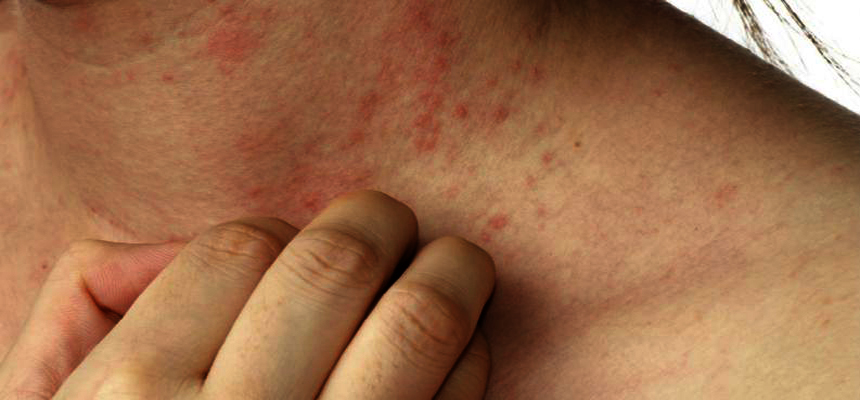CONTROLLING WINTER RASHES

Winter temperatures often mean winter rashes. As the temperature drops, so does the moisture content in the air, leaving your skin feeling stretched and itchy. This itchiness often develops into rashes and redness, but the good news is, this condition can be avoided and controlled.
If left untreated, however, you may have to endure rashes for the entire duration of the cold weather, so the sooner you attend to these dry areas on your skin, the better. Firstly, of course, you need to recognize a winter rash, which is typically characterized by redness, swelling, itching, flaking and even blisters. The rash may be localised or may spread to different areas on your body.
If you’re wondering if you could potentially develop a winter rash, you are more likely to do so if you have a history of eczema, dermatitis, allergies, asthma and sensitive skin. If you want to protect your skin against winter rashes, then it is important to keep it adequately moisturized. Try not to use excessively hot water for your baths, as this can strip your skin of moisture. Also cut down on excessive sun exposure, as this can cause further dryness and irritation. Whenever you are out in the sun, make sure you are using a sunscreen of SPF 30 or higher.
Most winter rashes decrease with a simple application of a moisturizer like Vaseline, petroleum jelly or baby oil, while topical cortisone creams can be used on more red, inflamed and itchy areas. It also helps to use a humidifier indoors.
 Says Dr. Uma, Dermatologist at KIMS Hospital, in the case of winter rashes, prevention is better than cure.
Says Dr. Uma, Dermatologist at KIMS Hospital, in the case of winter rashes, prevention is better than cure.
“Apply oil before a bath and sit in the early morning sun so that you get the twin benefit of moisturizing your skin as the warmth of the sun helps absorption of the oil, and you also get your daily dose of Vitamin D from the sunlight, which is necessary to maintain bone health during winter. Also, add a few drops of oil to your bucket of bath water. Ensure that the water is lukewarm, and not hot. Use a shower gel instead of soap, and directly after your bath apply some petroleum jelly/Vaseline to replenish the oils in your skin.”

 Disclaimer: Welthi.com does not guarantee any specific results as a result of the procedures mentioned here, and the results may vary from person to person.
Disclaimer: Welthi.com does not guarantee any specific results as a result of the procedures mentioned here, and the results may vary from person to person.









